Projects
Disabled Signals
When and why vessels stop broadcasting their position
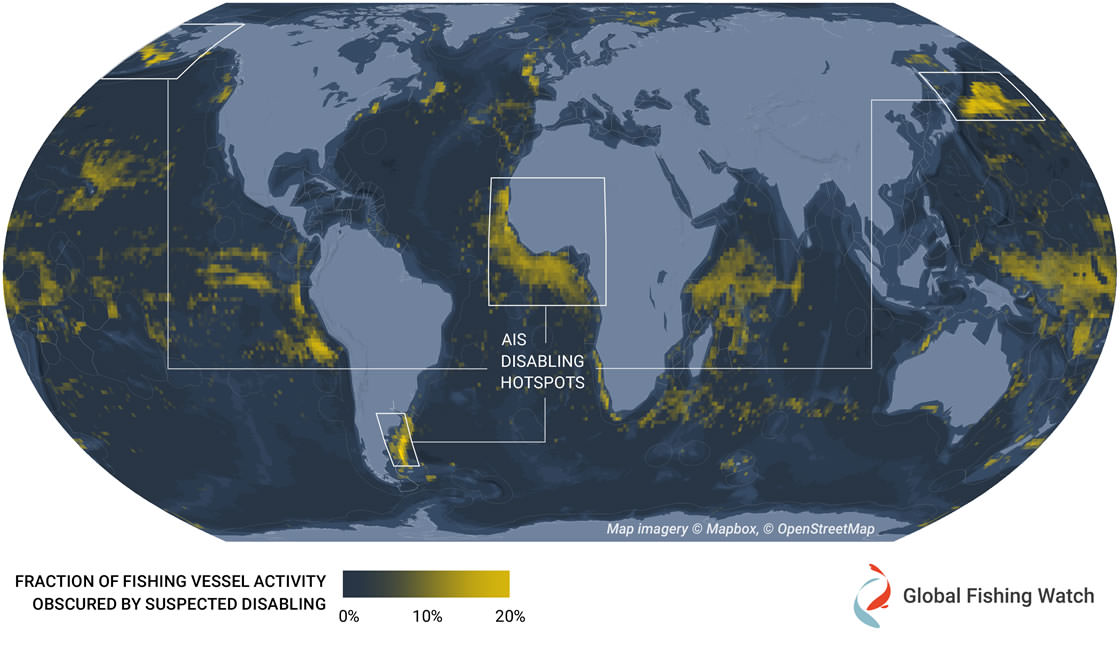
The automatic identification system (AIS) has revolutionized the way fishing activity is monitored across the ocean. But vessels don’t always broadcast their locations—AIS devices can be switched off to conceal a vessel’s activity. Our work on disabled signals seeks to identify when and why fishing vessels intentionally stop broadcasting their position, with a goal to better understand the vessels and areas at high risk of illegal, unreported, and unregulated (IUU) fishing.
When signals stop
IUU fishing results in global losses estimated at tens of billions of dollars each year, yet it has been extremely difficult to monitor and prevent. While AIS is invaluable for understanding a vessel’s fishing behavior and managing fishing fleets, it has a key limitation: fishing vessels can switch off their signal, usually with no repercussions. While the disabling of AIS can sometimes be permitted—such as in areas of high piracy—fishers may often stop broadcasting their position for nefarious reasons—to cover up illegal activities or hide from enforcement authorities. Gaps in AIS signals, which can be caused by poor satellite reception, present an even greater challenge by making it difficult to tell suspicious AIS disabling events from gaps simply caused by technical issues.
A global database of disabling events
In collaboration with our partners at the National Oceanic and Atmospheric Administration’s Southwest Fisheries Science Center, we are developing algorithms to detect which gaps in AIS data are caused intentionally, as well as learning to identify environmental and behavioral factors that can be used to predict future disabling events. We start by estimating how often a vessel’s AIS signal should be received, then analyze gaps in the signal to determine whether a vessel likely dropped the transmission on purpose, and apply a popular machine learning method called boosted regression trees to identify potential reasons.The result is the first global dataset of AIS disabling, which highlights known areas of IUU fishing concern and suggests that vessels shut off their signals most frequently near transshipment hotspots and exclusive economic zone boundaries—particularly contested ones. This information can be used by governing bodies and authorities to inform fisheries management policy and enforcement activity.
Research Lead
Contributing Team
Recent Work
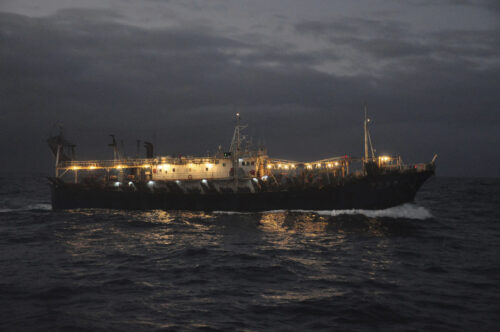
Rise in Unregulated Squid Fishing Poses Challenges—and An Opportunity
Highly mobile fisheries present more possibilities for data-driven approach to inform regulation.
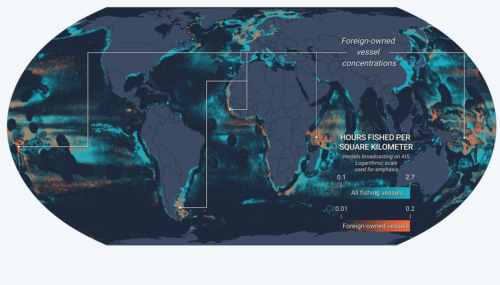
New Fusion of Global Datasets Advances Understanding of Vessel Identity and Activity
Novel research provides new tool to improve global fisheries oversight Illegal, unreported and unregulated (IUU) fishing accounts for up to $23.5 billion every year and is enabled by vessels frequently changing their name, flag State
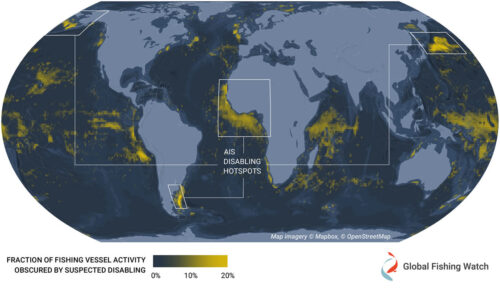
Hotspots of Unseen Fishing Vessels Illuminate Areas of Concern for Illegal, Unreported and Unregulated Fishing
New study provides first global dataset examining intentional disabling of automatic identification system devices across commercial fisheries The ocean is vast and ship crews rely on several tools to navigate it safely. One of these
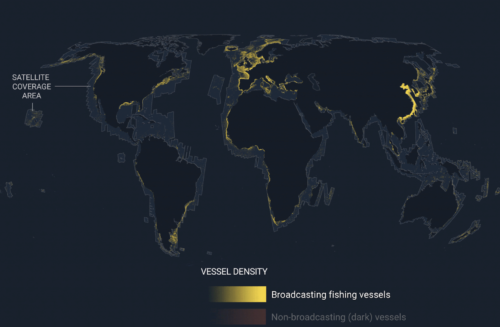
Emerging technology gives first ever global view of hidden vessels
Satellite radar and machine learning publicly reveal previously unseen vessel activity around the world Washington, D.C. – Global Fishing Watch has developed and publicly released the first ever global map of previously undetected dark fleets,